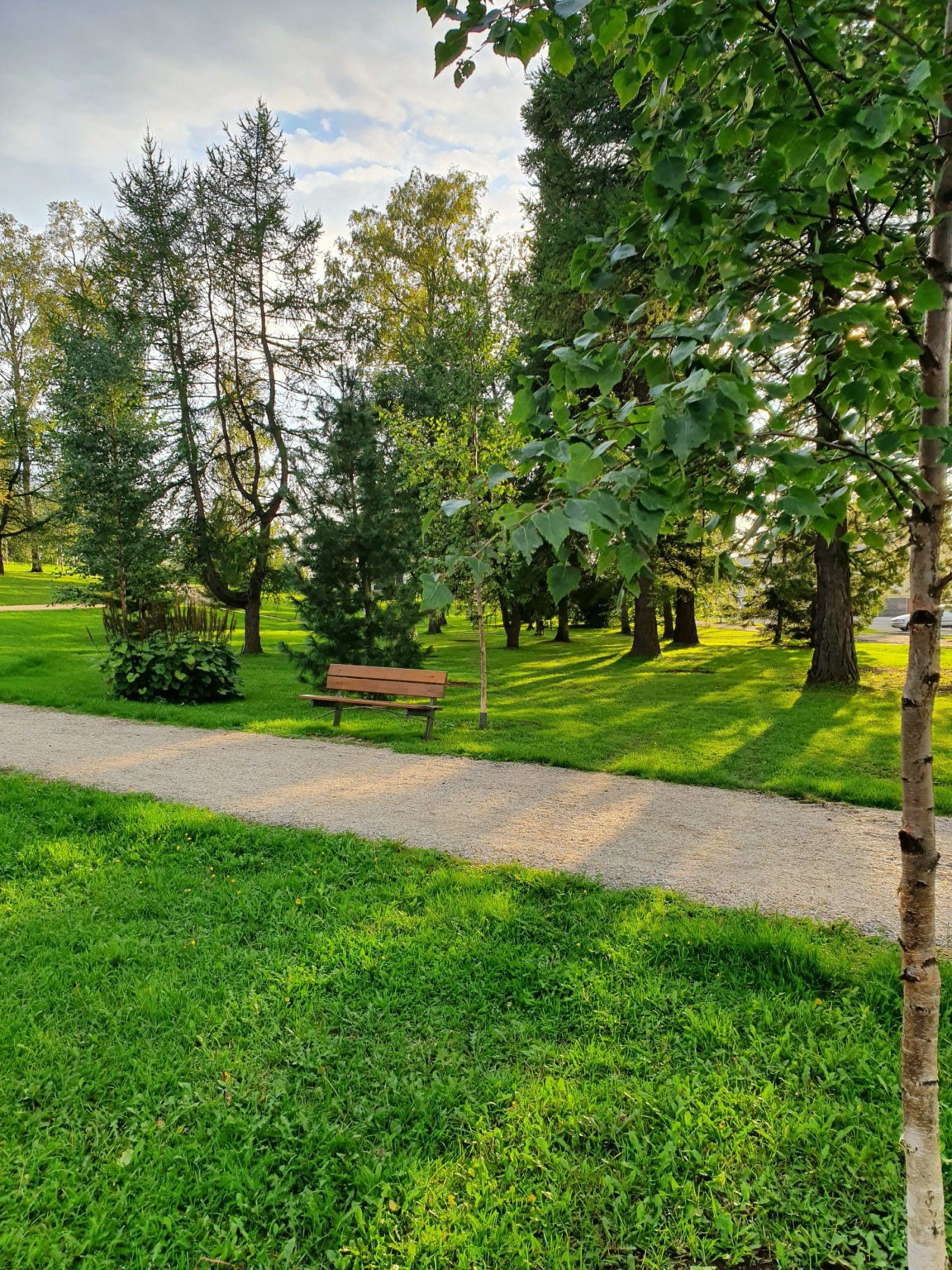The parks, boulevards and greenspaces are an essential part of Kemi. They promote cosiness and the quality of residence and living in Kemi. The city has invested in the urban development for example by keeping the beachfront areas public, maintaining parks and looked after the suffieciency of greenspaces in every district.
The Kemi city center is crossed with wide boulewards actively used by pedestrians and dog walkers. During the polar night the lighting of the boulewards bring joy and luminescence to the darkness. Kemi has over 80 hectares of different park areas.
Sea Park
One of the oldest parks in the city, the Sea Park, is situated in the vicinity of the city center and is definitely worth visiting. The park includes for example a playground, chimneyless hut operating as a museum, Troy Town as well as a restaurant operating in the Old Town Hall and historical barns. The park is bordered by Kauppakatu, Urheilukatu and Meripuistokatu streets as well as Luulajantie road in the west, separating the park from the sea. On the Luulajantie side the park is edged by old barns. The area was reserved as a park already in the city’s first zoning plan made by L. I. Lindqvist in 1869. The area however mainly stayed as a wild grove and scree until 1893 when the park’s highest point was fitted with a park pavilion (The Old Town Hall) designed by architect Waldemar Wilenius.
Inner Old Harbour Park
The park is in a close connection to the Sea Park. It is bordered by the barns of the Inner Old Harbour, Meripuistokatu and Rantabulevardi as well as a hill leading to the Sea Park. In front of the hill is a depression that before the wars used to be a concrete storage building. The German troops however blew the structure up along the piers as they were retreating from Kemi. The site has also been a stage for summer stock theater. The landmark of the park is Sanna Koivisto’s statue for war children.
Mansikkanokka Park
The Mansikkanokka park grove mainly consists of natural wooded scenery crossed and encircled by outdoor trails. In the middle of the area the scenery opens up to a narrowy grass field with a view to the beach. The central spot of the Mansikkanokka waterfront is the sandy beach with classic bathing huts among the birchtrees.
In addition to the beach the park includes a frisbeegolf court, gymnastic stands and a lean-on.
Hahtisaari Park
Hahtisaari Park includes for example the sculpture named StoneAge, designed by Keijo Nevaranta and concluded in 1998. It is a repetition of the remaining main stones of Stonehenge made out of red granite. Hahtisaari Park is a popular venue and for example Satama Open Air festival has been staged there for many years now.
